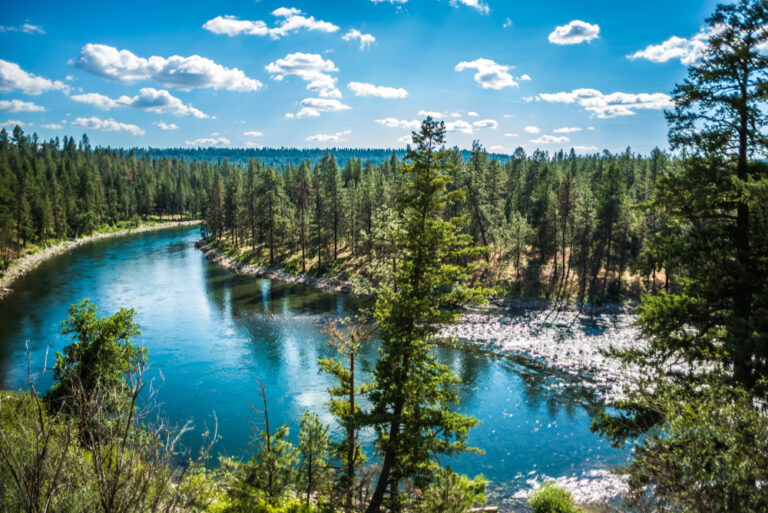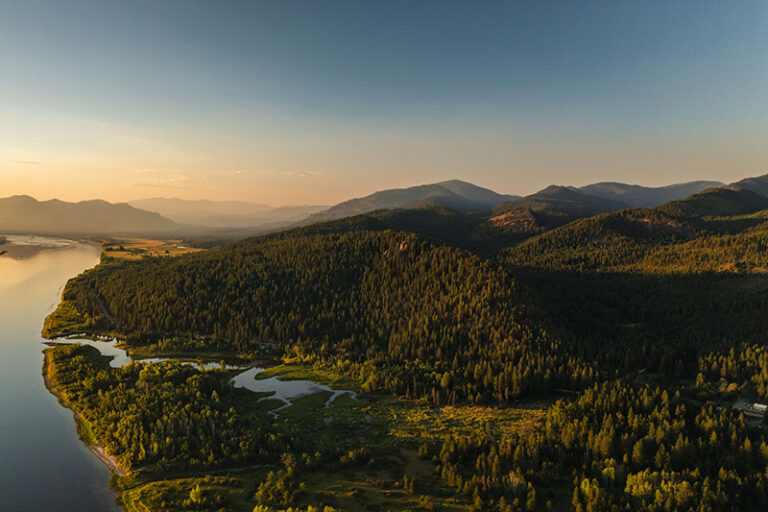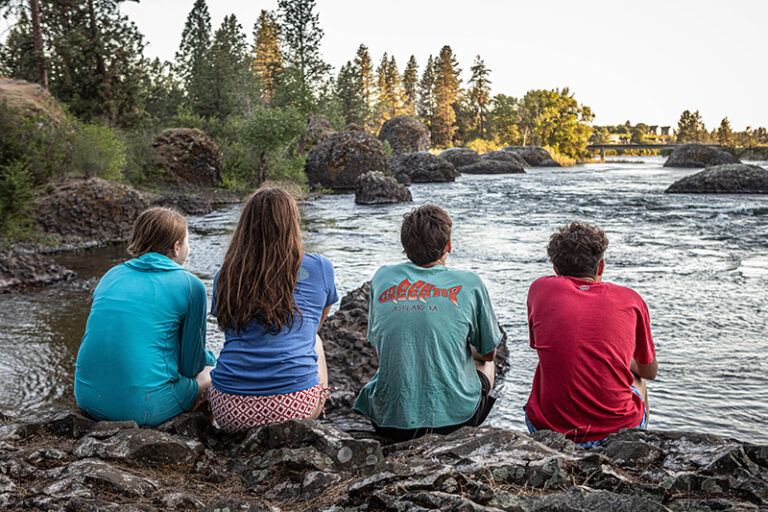Many cyclists do not attempt riding through the Spokane winter. If you conjure up thoughts of winters’ past where we had six-foot snowdrifts and ice storms shutting down our city, then it’s easy to accept the idea that our cycling season is only nine months long.
But think through the actual day-by-day weather conditions of a typical winter and you may realize that riding through the winter is not such a huge deal. Indeed, there are days where hard-packed snow and ice make bike travel too hard or dangerous for some, but on most winter days, the streets are clear. And there are spans of time, maybe a week, at most two weeks, where the snow accumulation is so drastic that travel by bike is just too painful and slow. But again, taking the long view of the winter season, this is the exception.
Black ice is cited as another fear. Black ice should be feared, but we really do not have a lot of black ice here. It takes the perfect combination of high-humidity or misty rain plus freezing temperatures to get a good sheen of black ice. So, again, we do get a bit of black ice here and there, but it’s only a handful of mornings. It’s not a daily wintertime threat.
The point is that by keeping an eye on the weather, and by having a good bail out option for the way home (think STA), winter road conditions really don’t have to be a hard and fast barrier to riding through the winter in Spokane.
Many cyclists ride through the winter here because they love to ride bikes in any condition, so figuring out winter riding is just another condition to adapt to.
You can find an endless amount of winter riding tips online, but here are the basics to think about if you are on the fence.
VISIBILITY: The key to not getting hit any time of year is visibility and predictability. In the winter, you really need to get crazy with the visibility part. Daylight is short and it’s easy to be caught in the dark. A reflective vest is a good idea. Multiple rear blinking lights are also good. Of course, a front light is essential too. It’s also helpful to mount a light on your helmet. You will really appreciate it if you have to fuss with gear on the side of the road. A helmet-mounted light is also a good beacon to point at drivers if you’re not sure they see you. Remember that batteries fade faster when it’s cold.
TIRES: There seems to be a general assumption among non-winter bike riders that studded bike tires are essential for any winter riding. The fact is that studs are only useful on ice and hard-packed snow that behaves like ice. Many year-round cyclists do not put studded tires on their bikes. A common trick is to use a normal knobbie mountain bike tire and run it low pressure. Doing this increases the contact patch of the tire and works pretty well for most conditions that are not sheer ice. For ice, go with studs. But at $80 a pop, don’t let the lack of studded tires stop you from trying some winter commuting. If you do get studded tires, be sure they have carbide studs. They cost more, but they last forever.
TIME: As with all modes of travel, you need to give yourself more time in the winter to get where you are going. If the snow doesn’t slow you down, then the cold may, or the clunky winter bike will. On days with fresh snow, you may consider taking a different route. Fresh snow, to a point, is easy to ride in, especially if it is really cold and light snow; it is not slippery and it falls away from your path lightly. The more compact the snow becomes, it will either get slicker or sandy and hard to ride in. So while your ride to work in the morning of a fresh snow may be a breeze, your ride home may be more challenging. Therefore, you may decide to take roads less traveled to maneuver your way through the snow on the way home.
STAYING WARM: If you are riding through the city, then the deal around gear and warmth is to just get out there and experiment with what works for you. It’s not as if you’ll be stuck in the middle of nowhere and left for dead if you make the wrong choice for clothes layering on a given day. There is no silver bullet that works for everyone. There are just too many variables in types of winter cold and people and commute lengths. But here are three truths you can take to the bank: many thin layers are more versatile than fewer bulkier layers, wool stinks less than plastic, and there is no such thing as a perfect glove for wet and 34F degrees.
In the end, deciding to ride through the winter is really just a commitment to continuing the joy of riding into an unfamiliar terrain. The more you do it, the better you get at it, and the more fun it becomes.
John Speare grew up and lives in Spokane. He rides his bike everywhere. Check out his blog at http://cyclingspokane.blogspot.com.













